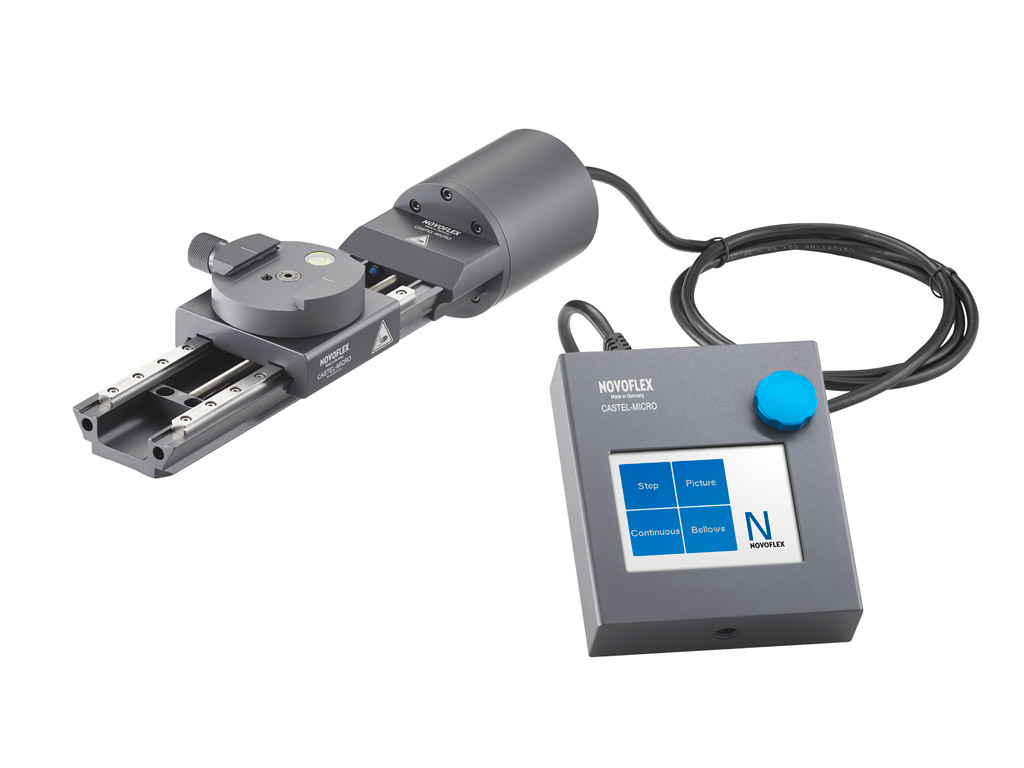lothman wrote:
As far as I saw on Photokina the pitch screw is finer than 1mm I would estimate 0,5mm, the nut is just a piece of brass. Everything looks very fine and well designed, but not the screw and the nut. A THK KR railguide is mechanically a league above.
0.5mm pitch will for sure slow the thing way down. My vertical setup is a KR20 with 1mm pitch, and initially had a 400-step motor on it, but replaced it with 200-step because it was impossibly slow to make any significant movements. Great for stacking, but I don't typically need sub-micron steps.
For such an expensive rail I would have expected a pre-loaded ball screw drive, but recently I've picked up some acme screws with "anti-backlash" brass nuts. A typical solution for backlash is what Mike does with rubber band loading, either on-axis or off-axis depending on the problem being solved. The "anti-backlash" nuts are actually duals, one attached and one captured, with a spring between them. This keeps a constant spring force in one direction to reduce backlash. I was going to build my own XY with this system but ended up just integrating the KR15's. I may still experiment just to find out how well the anti-backlash nuts work. One nice thing about the anti-backlash nuts is they get compensated for wear, so no increase in backlash vs use. I would presume this rail uses such an arrangement. There is certainly enough room under the carriage to do this.
Edited to add: the terminology is "anti-backlash" so I changed the above, and here is a link to an example:
https://www.ebay.com/itm/T8-8mm-Anti-ba ... SwiSJbjN-r

